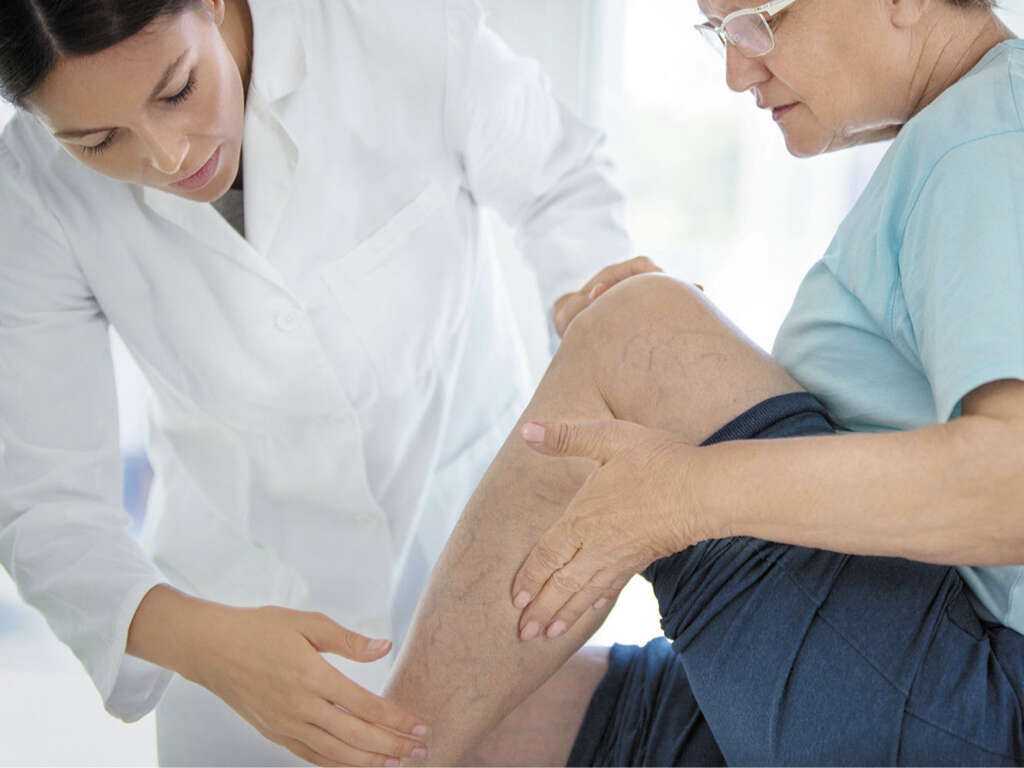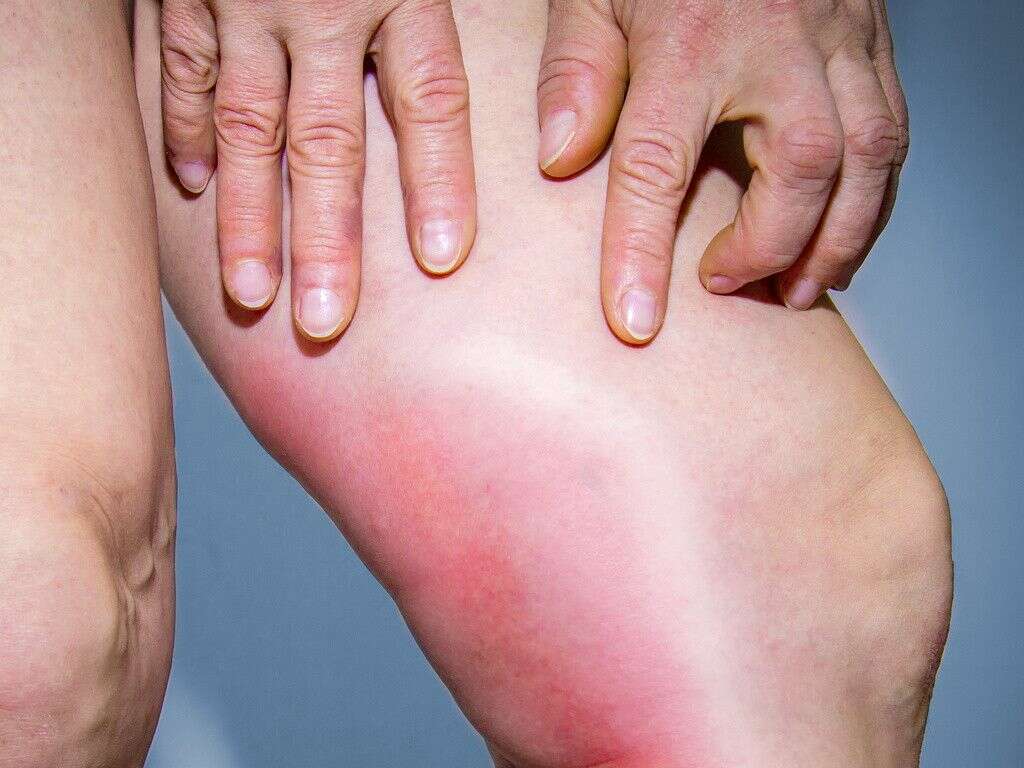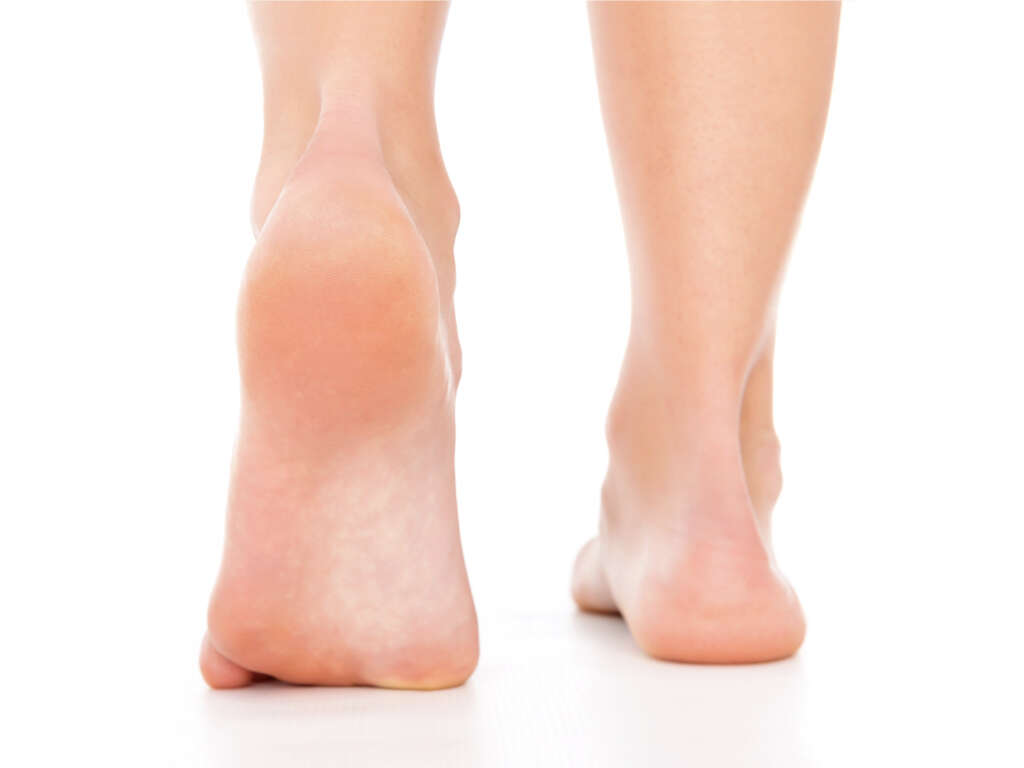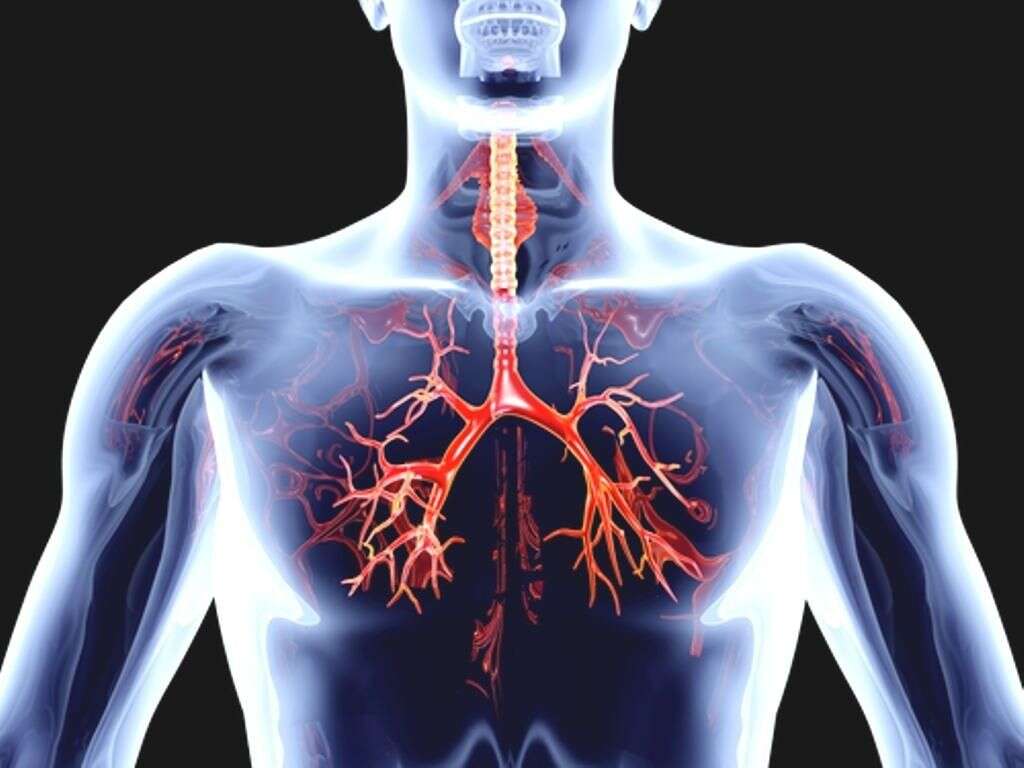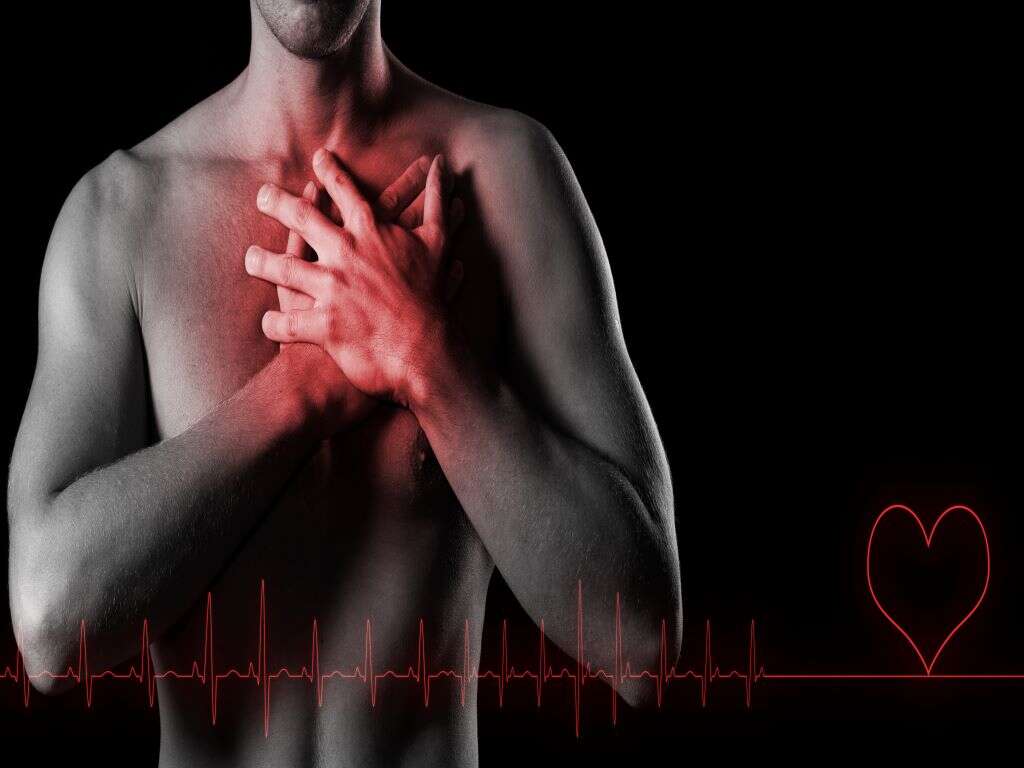What Does a Blood Clot Feel Like?
When we cut ourselves, our blood will clot together to form a type of plug. This is essential to us because it prevents us from bleeding to death, but clotting can also cause problems. When it happens inside blood vessels, it can prevent the blood from flowing through the body properly.
A blood clot will often go unnoticed until it begins blocking a significant flow of blood. Blood clots can also sometimes become dislodged from their location and get stuck somewhere else. This is known as an embolism, and they can be very dangerous indeed. Blood clots can lead to heart attacks, strokes, and other serious medical conditions. Thus, it pays to know what to look out for.

1. Leg Pain
Blood clots are most likely to occur in your legs, which is partly because this is where problems with circulation are most likely to occur. This can lead to a number of unwelcome symptoms, one of which is pain. Some people describe the pain as though they have developed a severe cramp in the leg muscles.
Pain here is not only caused by blood clots, and it might also be caused by other potentially serious conditions. It might be easy to overlook the pain to begin with as just being one of those things that passes. If the pain persists, however, then you should arrange to speak with a doctor.

2. Redness
Blood clots inhibit the flow of blood through the blood vessels. This will cause blood to accumulate at the site of the clot. Because blood is red in color then the site will also become redder as a result. The presence of blood is not the only reason for the redness, however.
The accumulation of blood in the area can begin to put pressure on the surrounding tissues. This can cause them to become irritated and inflamed, which can also contribute to the redness of the area. The area is also likely to feel warm to the touch, and there might also be a blue color to the skin in the area.
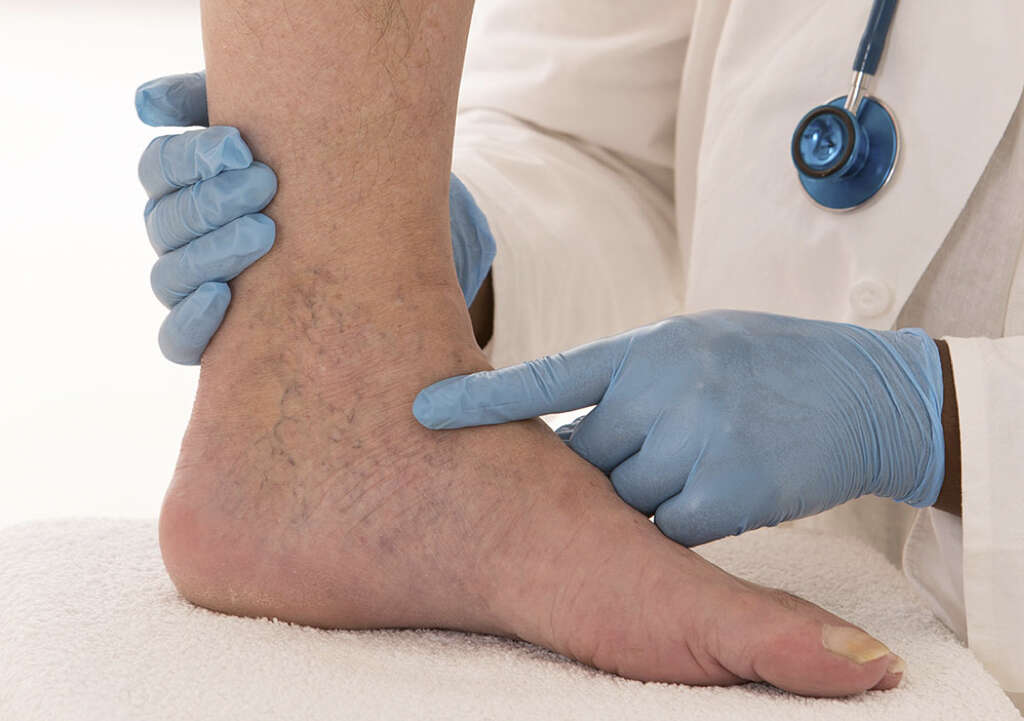
3. Swelling
With the flow of blood impeded, it will begin to gather in the area where the clot is. This can cause the blood vessels in the area to begin to expand in much the same way that a balloon would inflate. The extent of the inflation is limited by the walls of the blood vessels themselves.
Swellings are not uncommon and a cold compress will often help to relieve it. This is because the cold will constrict the blood vessels, but this does not happen when there is a clot present. The area will also likely feel tender to the touch if there is a blood clot present.

4. Chest Pain
While blood clots are more likely to form in the leg, they can also develop in other parts of the body. They can also form in the chest area, for example, and this can be very risky in some instances. A blood clot might prevent the blood from flowing to the heart, and this could result in a heart attack.
A blood clot in the chest area causes a pain that is often described as though a heavy weight is being placed on the chest. If a heart attack does arise, then the pain may radiate outwards down the left side of the patient’s body including the shoulder, arm, and jaw.
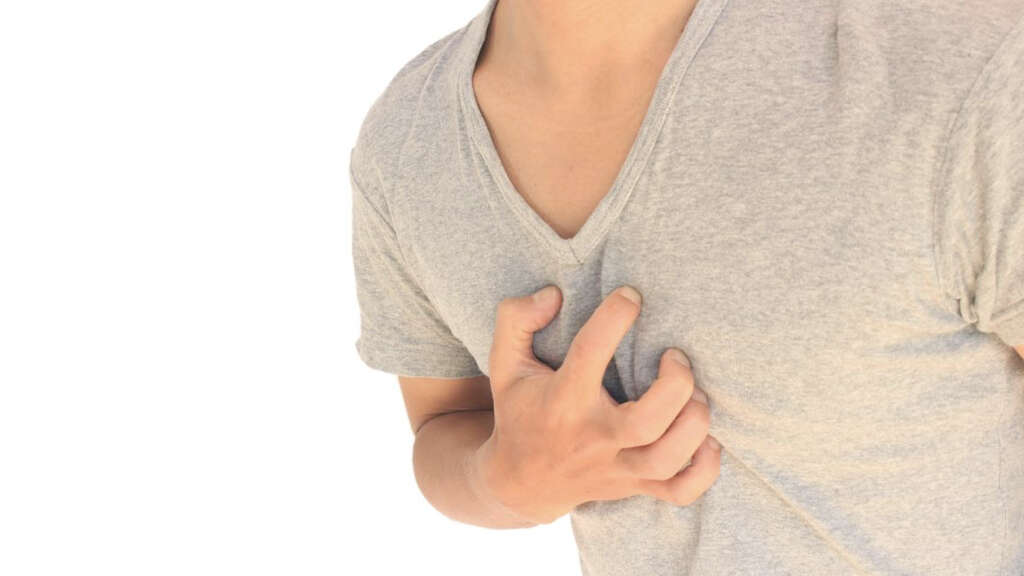
5. Excess Sweating
When we get too hot, we tend to sweat, which in itself is perfectly normal. While sweating is nothing to be concerned about most of the time, however, it can also be a sign that something is very wrong. Depending on the circumstances, it could even be a sign that the patient is suffering from a heart attack.
If unexpected sweating is accompanied by chest pain then it is a strong indicator of a heart attack. The same goes if the patient is experiencing indigestion symptoms alongside chest pains. Potential heart attacks should always be taken very seriously and the patient should be found immediate medical assistance.

6. Rapid Heart Beat
If the heart is not able to function as efficiently as it usually would then it may begin to pump more quickly in order to try and compensate. This is a sign of a number of conditions, some of which are potentially very serious. This includes a blood clot in the chest area.
Because of the potential seriousness of the underlying causes, patients with a rapid heart beat are recommended to see a medical professional as soon as possible. It may turn out to be something relatively minor, but it would still have been a good idea to get it checked.

7. Difficulty Breathing
If a blood clot hinders the heart’s ability to pump then there will be less than usual oxygen flowing through the body as a result. This can make the patient feel as though they are short of breath as the body tries to compensate by taking in more oxygen.
While difficulty breathing can be a sign of a blood clot in general, it is also a sign that the patient may be experiencing a heart attack or a blood clot affecting the the lung. If the condition comes on suddenly and is accompanied by other symptoms of a heart attack then you should waste no time getting medical assistance for the patient.

8. A Cough
When we get a cough, we will not usually think too much of it. We might consider turning to some lozenges and taking it easy, but we won’t usually think there is a serious problem. It is sometimes a sign of something very serious indeed, however, and it could even mean a blood clot in the chest.
If you have a severe cough that has come on suddenly then it’s something that should make you take notice. It could well be down to a clot affecting the lungs, termed a pulmonary embolism, so it is something that should not be taken too lightly. Remember, heart attacks are often fatal so it is something that should be approached earnestly.
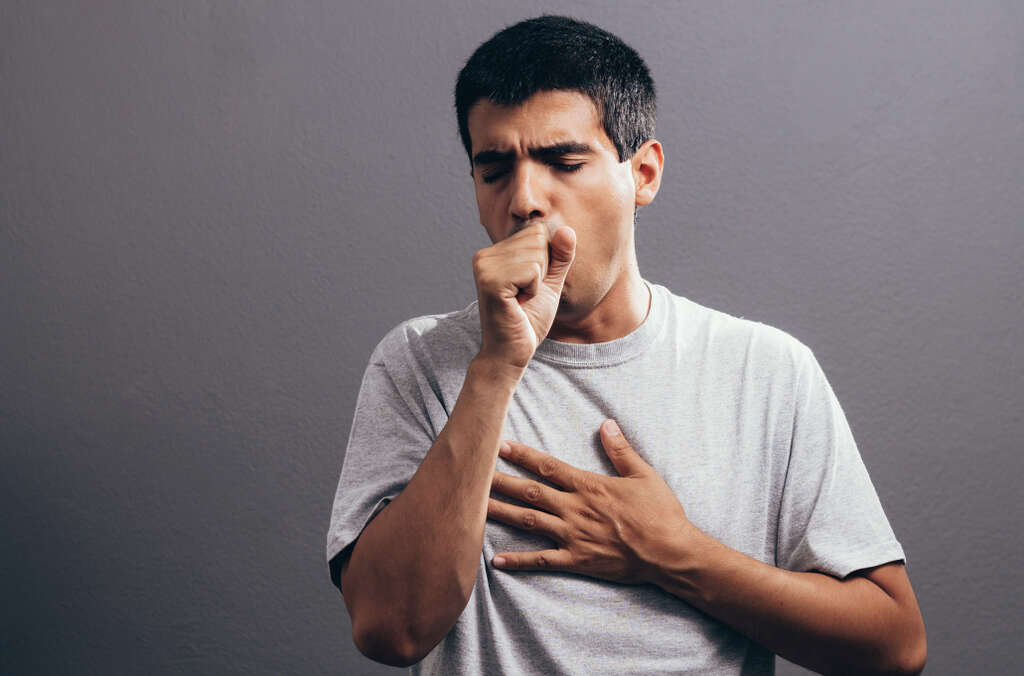
9. Abdomen Pain
Blood clots will also sometimes occur in the abdomen area and one of the symptoms of this is a pain in the abdomen area. This might sometimes be passed off as being indigestion, but it should be investigated if the symptom persists, or if it is too severe.
Other symptoms caused by blood clots in the abdomen area include bloating and vomiting. The patient is also likely to find that the pain can get worse over time, and it can get considerably worse after the patient has eaten. If you are unsure then you should get it checked out to be on the safe side.

10. Stroke
Blood clots can lead to potentially fatal heart attacks, but this is not the only serious symptom they can cause. If the clot was to block the flow of blood to the brain then it can result in a stroke. While the severity of a stroke can vary, they can be fatal, so they should be taken very seriously indeed.
Symptoms of a stroke include experiencing vision problems and having become easily confused. The patient can have difficulty understanding what is being said, and difficulty speaking. They can also experience numbness on one side of the body. Body parts, including the facial muscles, can droop on one side.





